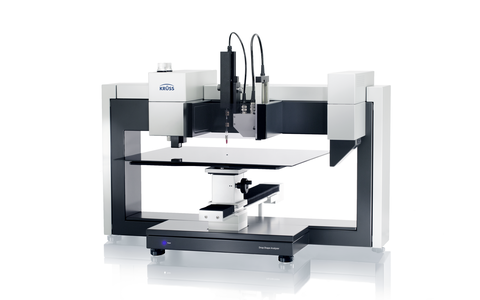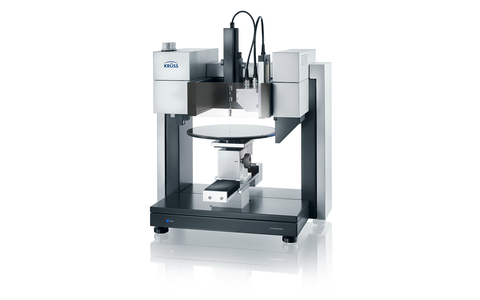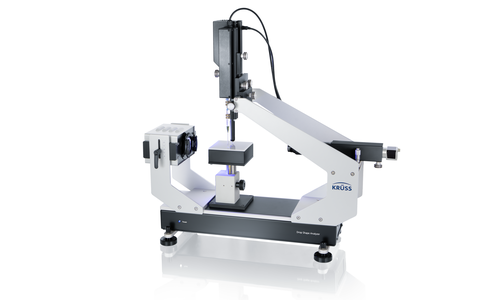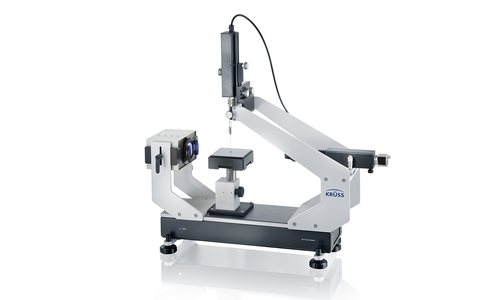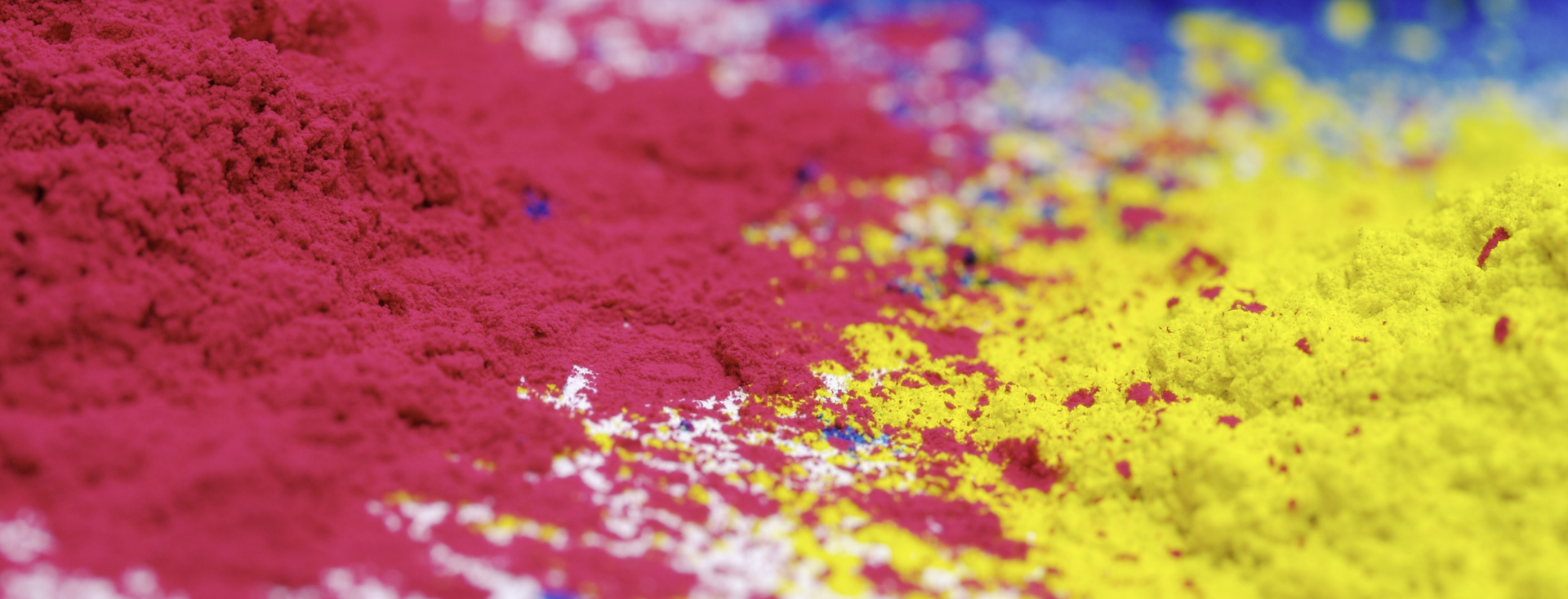
Coating of powders
Contact angle measurement for optimizing the success of surface chemical modification
When powders are mixed with liquids, wetting problems often occur together with the formation of lumps. Powders for dispersions are therefore often provided with a coating which matches the liquid. Important examples of this are coated powders for paints and compound melts. Our measuring instruments for measuring the contact angle on powders help in the specific development and quality control of coatings.
Typical powder-coating applications
- Pigments as colorants and fillers for paints and varnishes
- Titanium dioxide as an UV filter in sunscreens
- Grease, wax and oil-coated starch particles which act as carrier materials
- Pharmaceutical active ingredients with defined solubility behavior embedded in coatings
- Powdered stone, silica sand or carbon black as additives in plastics
Surface-energy modification of powder surfaces
The properties of powders are dominated by their surface free energy, as the surface is large compared with the volume. Lumps occur when the work of cohesion is greater than the work of adhesion, that is to say when contact with the same type of surface is preferred. With the coating, the surface free energy is approximated to the surface tension of the liquid. This balances the energetic advantage of the interfacial contact for the two phases.
The Washburn approach of contact angle measurement provides a sound method of determining the surface free energy. This method records the rate of mass of mass increase for different liquids in a powder bulk in an immersed tube. The better the powder wetting, the faster the liquid rises.
In the case of non-wettable powders, the contact angle is measured optically using a Drop Shape Analyzer based on drops dispensed on a powder bed.
Measuring polarity for the specific development of coatings
When different test liquids with known surface tension and polarity are used, as well as the surface free energy of the powder, our software also measures their polar and non-polar (disperse) fractions. With the help of this information, the coating can be precisely adjusted to the polarity of the liquid in order to maximize the stability of the dispersion. Such preliminary investigations save many elaborate mixing tests on a semi-commercial scale, particularly in the development of compound plastics.






